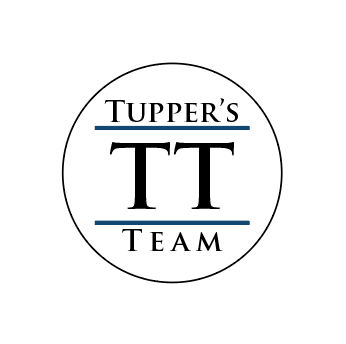Radon is the Leading Cause of Lung Cancer Among Non-Smokers
Radon is the leading cause of lung cancer among non-smokers in the United States and is responsible for approximately 500 lung cancer deaths annually in Colorado, according to Colorado Department of Public Health and Environment. Radon, which is produced by the breakdown of uranium in soil, enters homes and other buildings as it rises through soil to the atmosphere.
Radon has no color, odor or taste and doesn't cause short-term symptoms of illness.
Radon causes cancer.
- It's estimated to cause about 21,000 lung cancer deaths per year in the United States.
- It's the second leading cause of lung cancer in the United States, according to the surgeon general.
- Only smoking causes more lung cancer deaths.
Radon in Colorado
Radon is a naturally occurring radioactive gas that comes from the breakdown of uranium in the soil.
- It's a gas that moves up through the soil to the atmosphere.
- High radon levels have been found in all 50 states and in all parts of Colorado.
In Colorado, about half the homes have radon levels higher than the U.S. Environmental Protection Agency recommended action level of 4 picocuries per liter (pCi/L):
Colorado radon zones.
Map of radon zones fact sheet.
How radon gets into your home
Radon moves from uranium-bearing granite deposits in the soil to the atmosphere.
Your home sits on radon's pathway from the soil to the atmosphere.
Your home is usually warmer and has lower air pressure than the surrounding soil, so gases in the soil, including radon, move into your home.
The most common routes are:
Spaces between basement walls and the slab.
Cracks in foundations and/or walls.
Openings around sump pumps and drains.
Construction joints and plumbing penetrations.
Crawl spaces.
Well water with high radon concentrations.
The age and/or type of home doesn't matter when it comes to whether high levels of radon are present.

The Colorado Department of Public Health will send each household a FREE Radon Test Kit; click link below
Free radon test kit (One per household)
~ColoradoDepartment of Public Health
Selling Your Home?
Get your home's value - our custom reports include accurate and up to date information.




